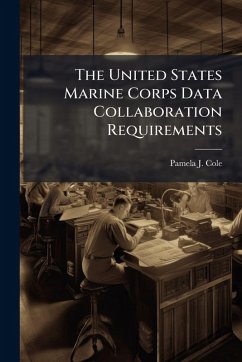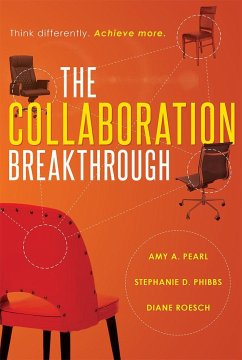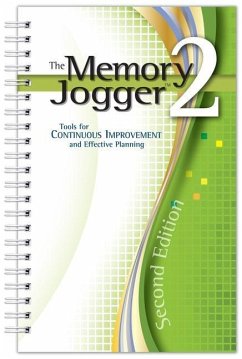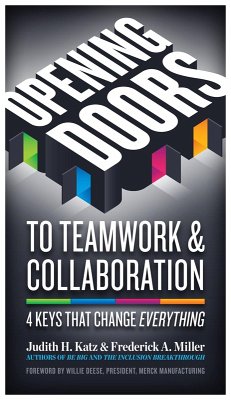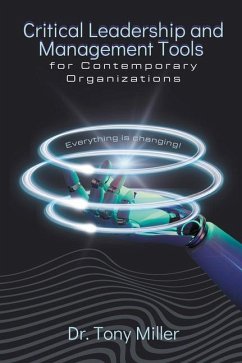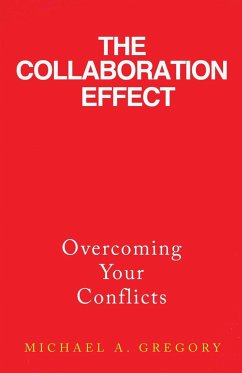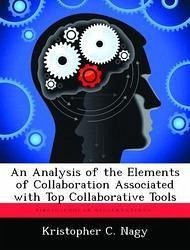
An Analysis of the Elements of Collaboration Associated With Top Collaborative Tools
Versandkostenfrei!
Versandfertig in über 4 Wochen
15,99 €
inkl. MwSt.

PAYBACK Punkte
8 °P sammeln!
United States government agencies have historically had problems with inter-agency information sharing and collaboration. In fact, the National Commission on Terrorist Attacks upon the United Stated recommended that the U.S. government "increase information sharing" and "improve collaboration across government agencies." To this day, no collaborative tools are being used to satisfy that recommendation. In fact, there is little agreement on what collaboration means and what characteristics are best suited for collaborative tools. Before we can improve collaboration across agencies, we need to b...
United States government agencies have historically had problems with inter-agency information sharing and collaboration. In fact, the National Commission on Terrorist Attacks upon the United Stated recommended that the U.S. government "increase information sharing" and "improve collaboration across government agencies." To this day, no collaborative tools are being used to satisfy that recommendation. In fact, there is little agreement on what collaboration means and what characteristics are best suited for collaborative tools. Before we can improve collaboration across agencies, we need to better understand the nature of collaboration itself, and the hallmarks of better collaborative tools. As such, this research developed an academically inspired definition of collaboration. With the definition in hand, the foundational elements of collaboration were documented in a collaborative framework. The framework was then used to assess collaborative tools and identify the key elements of better collaborative tools. Six of the nine academic elements of collaboration were strongly supported in the assessments. The greatest advantage of this framework is that it provides a methodic and logical process for selecting collaborative tools based on the academic elements of collaboration. This work has been selected by scholars as being culturally important, and is part of the knowledge base of civilization as we know it. This work was reproduced from the original artifact, and remains as true to the original work as possible. Therefore, you will see the original copyright references, library stamps (as most of these works have been housed in our most important libraries around the world), and other notations in the work. This work is in the public domain in the United States of America, and possibly other nations. Within the United States, you may freely copy and distribute this work, as no entity (individual or corporate) has a copyright on the body of the work. As a reproduction of a historical artifact, this work may contain missing or blurred pages, poor pictures, errant marks, etc. Scholars believe, and we concur, that this work is important enough to be preserved, reproduced, and made generally available to the public. We appreciate your support of the preservation process, and thank you for being an important part of keeping this knowledge alive and relevant.





